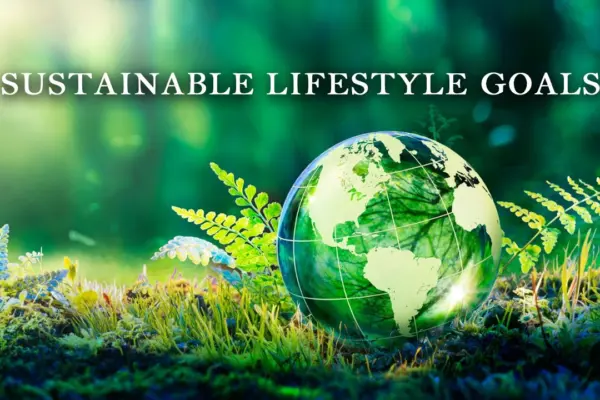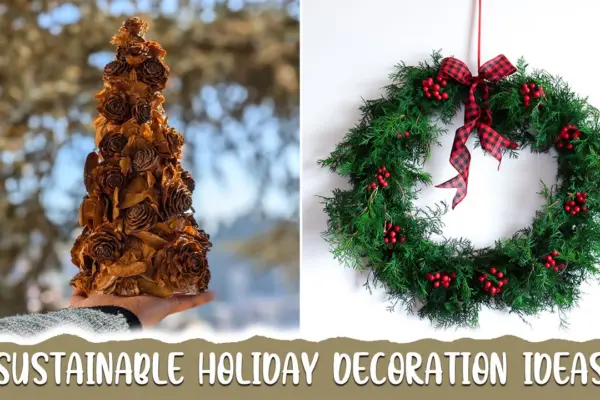Sustainable Home Design Ideas to Consider in 2024 for Better Lifestyle
13 tips to adapt for your benefit and that of the environment too
Some homeowners think they need to upheave their existing homes and build from scratch to achieve sustainability. While making home construction projects green from the beginning is effective, there are other ways to have an eco-friendly household, like investing resources in improving your home design.
If you want to make a few efficient changes in your home, looking into sustainable home design ideas is a brilliant start. These systems can be as elaborate or as subtle as you want them to be to improve your overall well-being and lifestyle.
1. Renewable Energy Systems
Hooking a home renewable energy system can be your first step to achieving sustainability. Solar panels convert sunlight into electricity, reducing your bills and dependency on the grid, while helping the environment. There are also residential windmills that allow you to harvest wind energy. You can then rely less on electrical utilities from non-renewable sources like fossil fuels and prevent harm to the natural ecosystems.
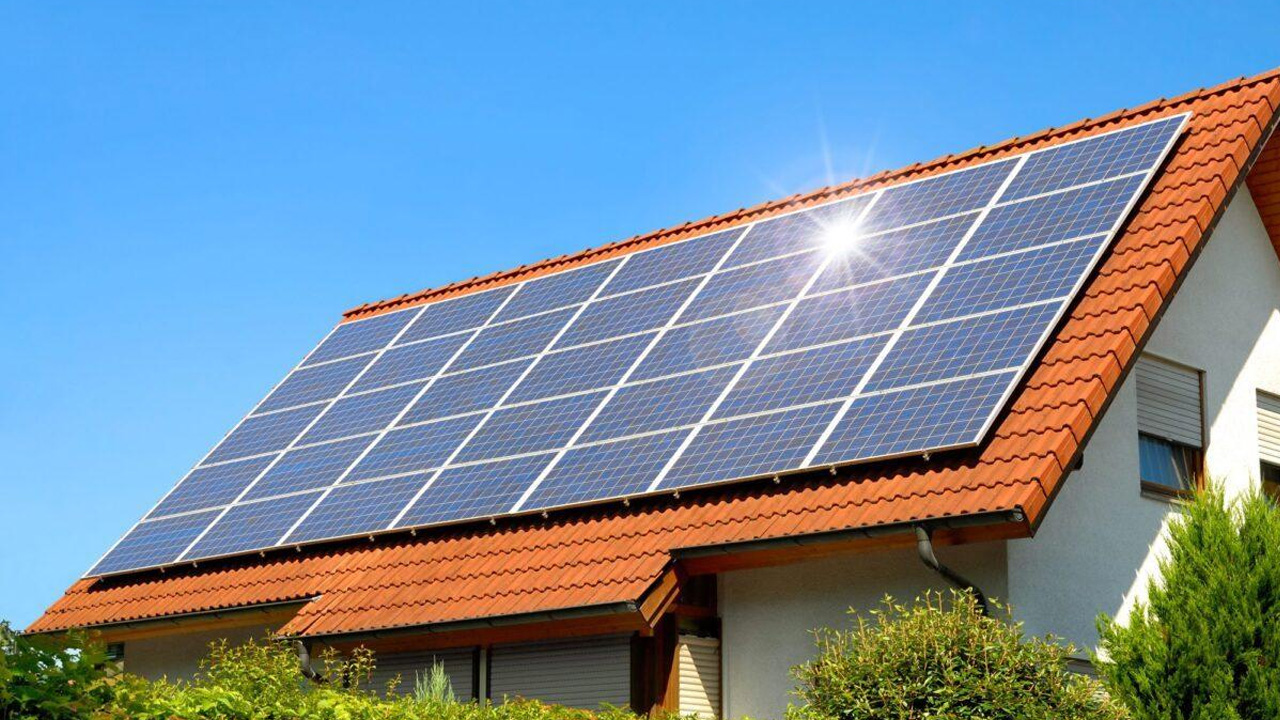
Image: Energy Theory
2. Energy-Efficient Appliances
Aside from changing your energy source, there are also energy-efficient appliances you can install in the home. If you are planning to renovate your kitchen, you can employ appliances that do not rely on fossil fuels for energy. Rather than settling for any refrigerator or microwave, look for equipment with a good Energy Star rating. An efficient feature will use less electricity and regulate its pollution production.
3. Green Roofs
A green or living roof is a multipurpose addition that can contribute so much to your home’s sustainability. Greenery on the rooftop can help with waterproofing since the plants will use the natural rainwater falling on your house. The plants will also benefit from the heat, shielding the rest of your home from high temperatures. It will also help conserve water usage for irrigation.
4. Vertical Gardens
Vertical gardens are similar to green roofs, helping with rainwater collection and heat insulation. The only difference is they are placed on the exterior sides of the building. Some homeowners also integrate vertical garden walls inside their homes. The main perk of having greenery inside the house is improved indoor air quality with a nice biophilic addition.
5. Natural Ventilation
Speaking of indoor air quality, opt for natural ventilation in your sustainable home. Plenty of windows can let fresh air into the house while allowing dust and other air particles to exit easily. Natural ventilation will also enable you to take advantage of the weather outside, lessening reliance on your HVAC system, reducing your bills, and putting less pressure on natural resources.
6. Low-Flow Plumbing Fixtures
If you are renovating the bathroom or sinks in your home, consider low-flow plumbing fixtures. Your regular toilet, faucets, and showerheads will distribute more water than you could ever count on using up during the day. Making this tweak will let you practice water conservation.
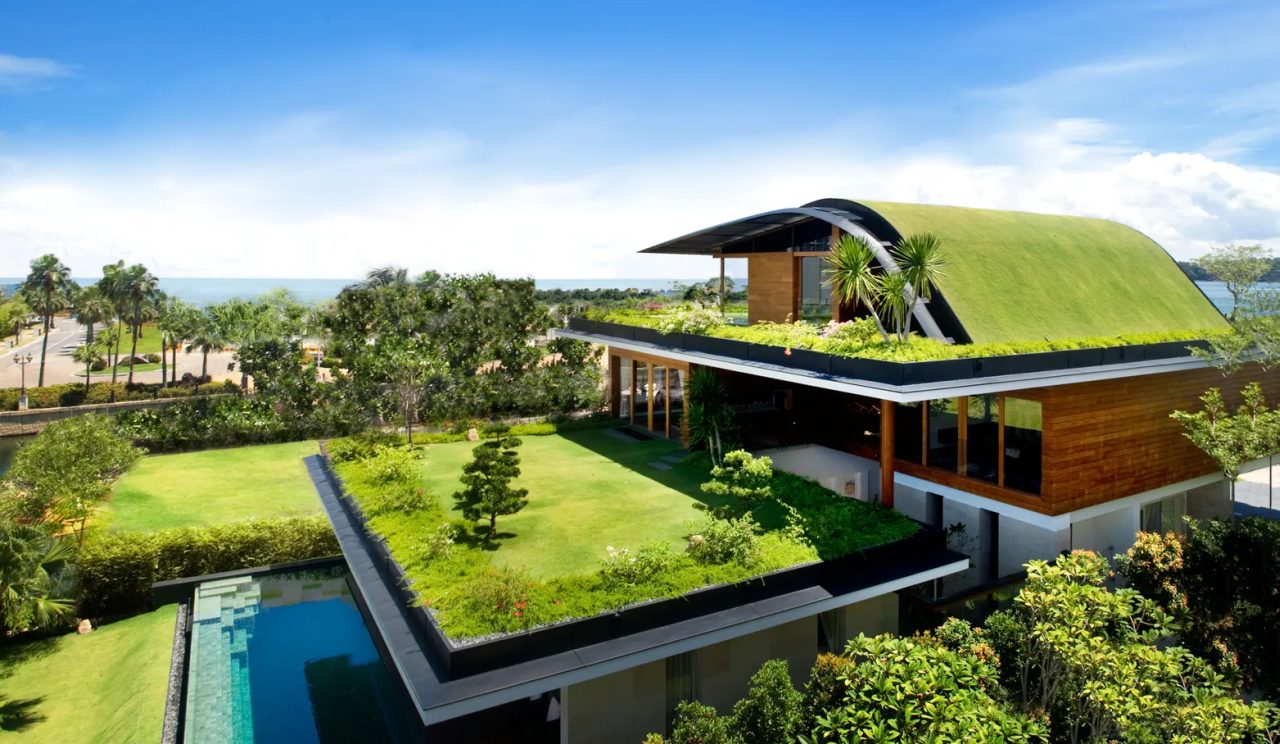
Image: Patrick Bingham-Hall
7. Solar Water Heaters
Everyone likes taking a hot bath, but water heaters are notorious for using too much energy. Instead, get solar water heaters for your shower and bath area. Solar heating uses sunlight to get you hot water, lessening your reliance on the grid, and hence natural resources for heating. You can install the panels on the roof with maximum sun exposure to collect maximum solar power.
8. Custom Cabinetry
Furniture is a vital aspect of home design, so make this part of your renovation sustainable. Consider commissioning custom cabinetry to get the right pieces to fit your home with eco-friendly materials. You can connect with artisans who will source wood from recyclable materials, reducing your carbon footprint in the long run and helping install ageless furnishing to allow overall sustainability.
9. LED Lighting
Lighting can truly transform a home. LED lights provide the same visibility as other modern lighting options while saving energy. You can place them in areas where natural light is low since that’s where you’ll use artificial lighting most of the time. Moreover, practice energy conservation with motion-activated light systems or manually turn off lights when leaving the room.
10. Mini-Split HVAC Units
A mini-split system comprising smaller heating and cooling units can benefit bigger houses. Installing these in your home can reduce your reliance on ducts, conserving building resources. Cooling or heating one area at a time can also be energy-efficient. Mini-splits prevent wasting energy on heating and cooling unoccupied spots.
11. Home Automation Systems
Sustainable design incorporates different forms of technology. Here are the features of a home automation system:
- Smart thermostats: Smart thermostats automate heating and cooling systems for homeowners. By reading the temperature, they adjust the settings to keep you comfortable while maintaining energy efficiency.
- Motion sensors: If you’re guilty of leaving the lights, heaters, or air conditioning units on, get motion sensors. When you’re out of the room, they can turn off that mechanism for you and save electricity.
- Electricity monitors: Electricity monitors help you track how much energy you use throughout the day. Use this information from a long-term point of view to see what appliances or habits are unnecessary or wasteful and get rid of those in favor of more energy-efficient practices.
12. Food Compost Systems
Instead of throwing away food scraps and leftovers, turn them into fertilizer through a food composting system. Including this process in your home design can turn potential waste into fertilizer. It might encourage you to develop a green thumb if you already don’t have a kitchen garden. If you do, your greenery will thank you for the nourishment from the compost.
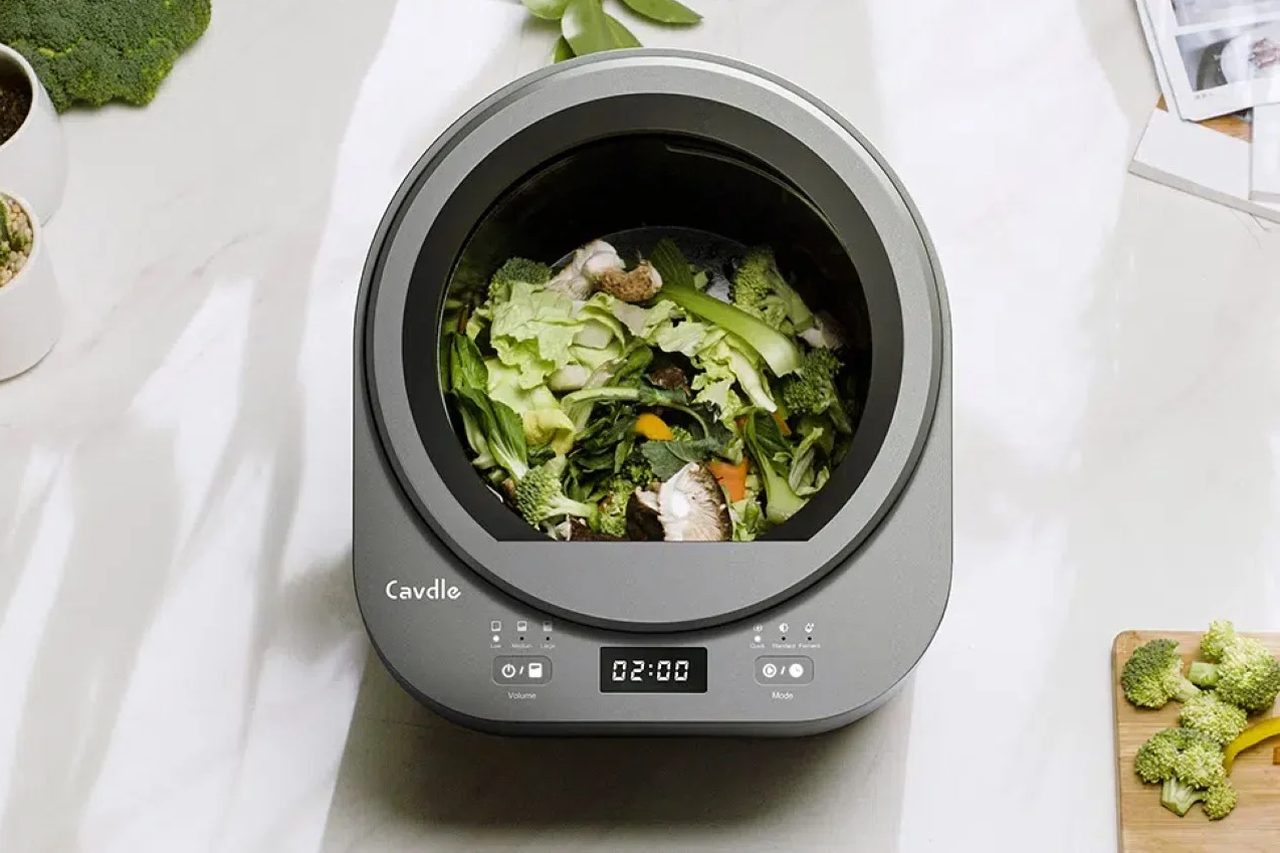
Image: Cavdle Life
13. Eco-Friendly Finishes
You’ll need to pick paint and finishes for your furniture, flooring, and walls as one of the last steps of your renovation. Paints and stains can have volatile organic compound (VOC) solvents, which can be toxic for humans and the environment. Water-based finishes give wood floors or furniture a lovely sheen, while low- and no-VOC paints safely transform your home’s color.
Take up Sustainable Home Design Ideas
Home improvement can elevate your household and make it feel even more comfortable. Aim for a sustainable lifestyle with designs to provide peace of mind and save money. Apart from making the home more beautiful, you can make it more functional and eco-friendly with these sustainable home design ideas.
